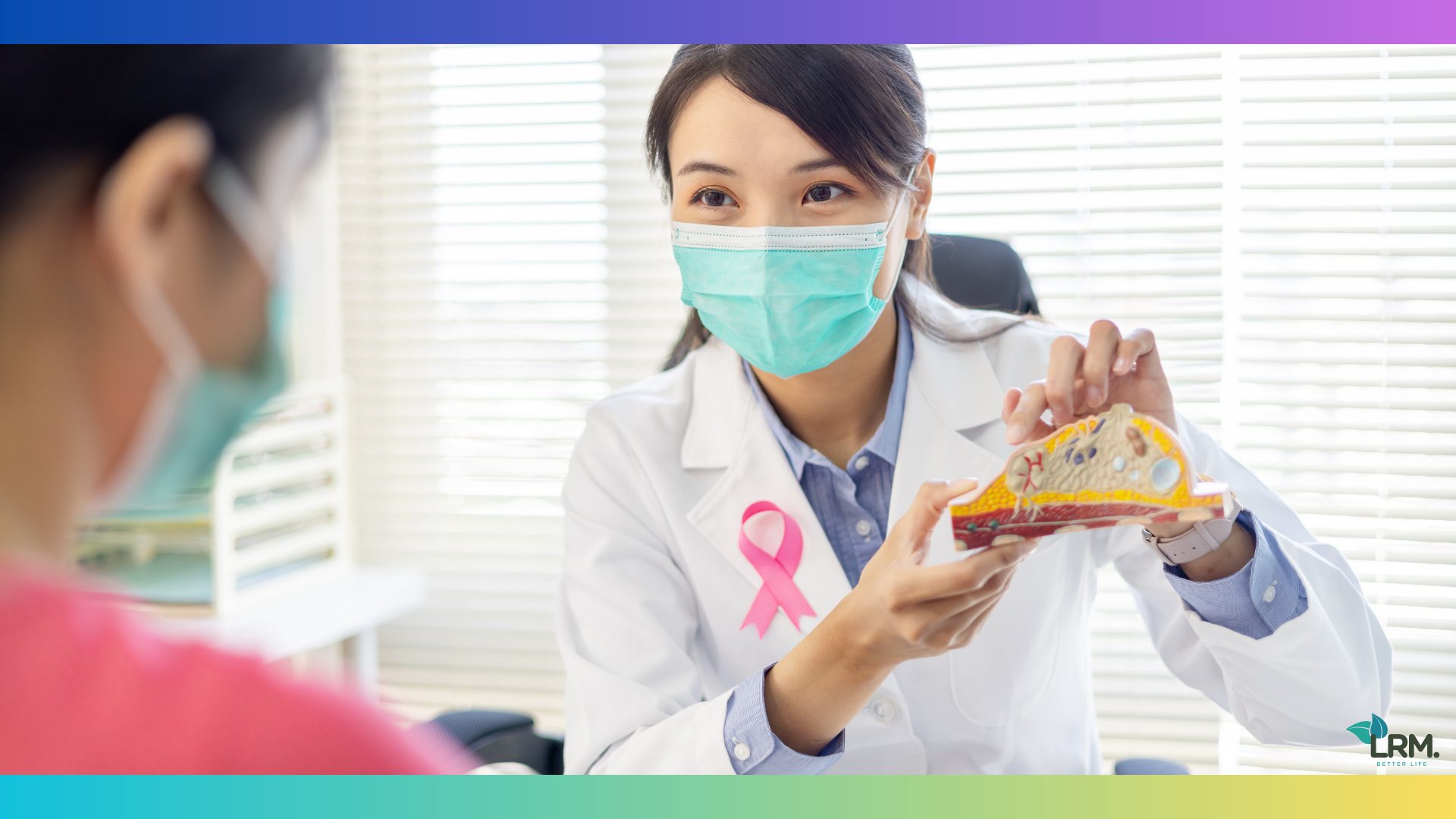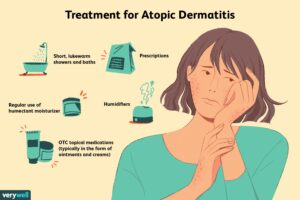Physical Address
304 North Cardinal St.
Dorchester Center, MA 02124

Breast cancer is a malignant tumor that originates in breast cells. It’s among the most common cancers affecting women globally.
Breast cancer can be life-threatening if not detected and treated early. The disease develops when cells in the breast grow out of control, forming a lump or mass. These abnormal cells can spread through the breast to lymph nodes or other body parts.
The risk factors for breast cancer include age, genetic mutations, family history, and lifestyle choices. Symptoms may include a new lump in the breast or armpit, changes in breast shape, dimpling of the skin, nipple discharge, or pain. Early detection through self-exams, mammograms, and regular check-ups plays a crucial role in successful treatment. With advances in screening and treatment options, many women survive breast cancer, emphasizing the importance of awareness and medical support.

Credit: www.linkedin.com
Breast cancer affects millions each year. It is a leading health concern worldwide. Early detection can save lives. Knowing the numbers helps raise awareness.
Breast cancer is the most common cancer among women globally. Here are the numbers:
Societies are pushing for better screening to reduce its impact.
Genetic risk factors include:
Lifestyle risk factors play a role too:
| Lifestyle Factor | Impact |
|---|---|
| Alcohol consumption | High intake can increase risk. |
| Physical activity | Low activity could elevate risk. |
| Weight | Obesity is linked to higher risk. |
| Reproductive history | Early menstruation or late menopause can raise risk. |
Combating risk involves genetic counseling and healthy habits.
Breast cancer stirs fear and confusion among many. Unraveling myths from facts empowers with truth. This clarity is vital for both prevention and treatment. Let’s break down some common myths about breast cancer.
One misconception links antiperspirants to breast cancer. The theory suggests that antiperspirants trap toxins in the body, leading to cancer. Current research, however, does not support this claim. The belief that underwire bras cause breast cancer by obstructing lymph flow is also without scientific evidence. Wearing bras, regardless of type, has shown no direct correlation to the development of breast cancer.
Many believe that breast cancer is solely a genetic disease, passed down through families. While genes play a role, they are not the whole story. Only about 5-10% of breast cancer cases are thought to be hereditary. Lifestyle and environmental factors also significantly influence one’s risk. Therefore, even individuals without a family history should remain vigilant and undergo regular screenings.
Breast cancer is a disease many fear, yet early detection can make a significant difference. Knowing what to look for plays a crucial role in catching the disease at its earliest stage. Let’s illuminate the signs and symptoms of breast cancer so that you are empowered with knowledge for your health.
Regular self-exams can help you learn the normal feel and look of your breasts. This makes it easier to notice any changes. Most health providers recommend checking your breasts at least once a month.
| Step | Description |
|---|---|
| 1 | Look at your breasts in the mirror. Check for changes in shape, size, and color. |
| 2 | Raise your arms and look for the same changes. |
| 3 | Feel your breasts while lying down, using your fingers to check for lumps or thickening. |
| 4 | Feel your breasts while standing or sitting, often easier to do in the shower. |
Familiarize yourself with your breasts. If you detect any abnormalities or changes, consult a doctor without delay. Early diagnosis can significantly increase the chance of successful treatment.

Credit: www.aischannel.com
The fight against breast cancer is seeing remarkable progress. Advances in how we diagnose and treat this disease have opened new doors of hope for patients. Cutting-edge tech and personalized approaches are at the forefront of these improvements.
Detecting breast cancer early is vital. New imaging techniques are making this possible. These methods spot tumors that were once tough to see. Now, doctors can find cancer sooner and with greater accuracy.
Every patient’s breast cancer is unique. Doctors now tailor treatments to fit each person. This approach improves outcomes and reduces side effects. Personalized medicine is a game-changer.
| Method | Benefits |
|---|---|
| Genetic Testing | Finds specific mutations to guide therapy choices. |
| Pharmacogenomics | Adjusts drugs based on a person’s genetic response. |
| Targeted Therapy | Targets and destroys cancer cells, sparing healthy ones. |
Combining innovative techniques and personalized treatment plans, specialists are setting a new standard in breast cancer care. These advances promise more effective care and brighter futures for those facing the disease.
Preventing breast cancer starts with healthy habits. Choices we make every day can help reduce the risk. These include what we eat, how often we exercise, and our alcohol or cigarette consumption. Understanding how lifestyle factors affect health paves the way for preventive measures. Let’s look at how simple daily choices contribute to a powerful defense against breast cancer.
A nutritious diet and regular exercise form the cornerstone of breast cancer prevention. Eating plenty of fruits and vegetables supplies your body with antioxidants. These nutrients fight off harmful cells that can cause cancer. Fiber-rich foods like beans and whole grains are also key. They help your body clear out toxins that might damage cells.
Exercise reduces estrogen levels, a hormone linked to breast cancer. It also boosts immune function, keeping your cells healthy. Combine aerobic activities like walking or swimming with strength training. This balance helps build a body resilient to cancer.
Smoking and heavy alcohol use are significant risk factors for breast cancer. Cigarettes contain chemicals that damage DNA and lead to cancer. Smoking even affects non-smokers through secondhand exposure.
| Substance | Risks | Recommendations |
|---|---|---|
| Smoking | Increases breast cancer risk | Quit smoking |
| Alcohol | Raises hormone levels associated with risk | Limit intake to one drink per day |
In contrast, moderate alcohol intake might be acceptable. One drink per day for women is often considered the upper limit. Yet, some studies suggest even small amounts can increase risk. Seek balance and be mindful of consumption.
Understanding these risks empowers you to make changes. These lifestyle adjustments not only reduce your risk of breast cancer but also contribute to overall well-being.
Facing breast cancer often feels like a solo journey, but it’s not one to walk alone. A network of support stands as a pillar of strength during this tough time. Friends, family, and support groups become an essential part of the healing process. A nurturing support system provides emotional comfort and practical help when it’s most needed.
Joining a breast cancer support group offers a space for shared experiences. People understand the struggle, offering empathy and encouragement from a place of knowledge. Here, survivors and fighters connect, creating a community that’s vital for emotional well-being. Benefits include:
Family and friends play a critical role in supporting loved ones with breast cancer. It’s essential for caregivers to acknowledge and address the patient’s emotional needs. Open communication enhances understanding, aiding the emotional journey.
Emotional health is paramount for coping with breast cancer. Moments of sadness, anxiety, and anger are common. Seeking therapy or counseling can help manage emotions effectively, ensuring strong mental health amidst the difficult times.
Breast cancer doesn’t always mean an end. Stories of survival and hope echo through the voices of those who have battled the disease. They remind us to embrace life. Victories against breast cancer inspire others on their journey. They give comfort and courage to navigate this challenging path.
Countless women and men emerge stronger after breast cancer. Their lives are testaments to resilience. They share tales of support, determination, and love. These stories provide beacons of light during dark times. Each person’s journey is unique, but they all share a common thread—a fighting spirit.
Spearheading breakthroughs, research and funding are the backbone of hope in the fight against breast cancer. Every dollar, every study adds to our understanding. They pave the way for new treatments and improved care.
| Year | Funding | Outcome |
|---|---|---|
| 2018 | $850M | New screening methods |
| 2019 | $900M | Genetic research advances |
| 2020 | $950M | Targeted therapy trials |
Discoveries in the lab translate to real-world applications. They bring hope to those receiving a diagnosis today. The journey from laboratory to recovery is fueled by the dedication to find a cure.

Credit: www.linkedin.com
Breast cancer can go undetected for years; the timeframe varies widely among individuals. Regular screening is crucial for early detection.
The lifespan of someone with breast cancer varies widely based on factors like the stage at diagnosis, treatment effectiveness, and individual health. Some may live many years with treatment; early-stage detection often leads to better outcomes.
The breast cancer five-year survival rate is 90% on average. Early-stage diagnosis improves these survival rates significantly.
Yes, many people lead normal lives after breast cancer treatment. Regular follow-ups and a healthy lifestyle are important for ongoing wellness.
Breast cancer awareness saves lives through early detection and treatment. Empower yourself with knowledge and support research efforts. Remember, the fight against breast cancer is ongoing, and each step toward awareness is a stride toward a cure. Stay vigilant, stay informed, and never hesitate to consult a healthcare professional.
Together, we can make a difference.

